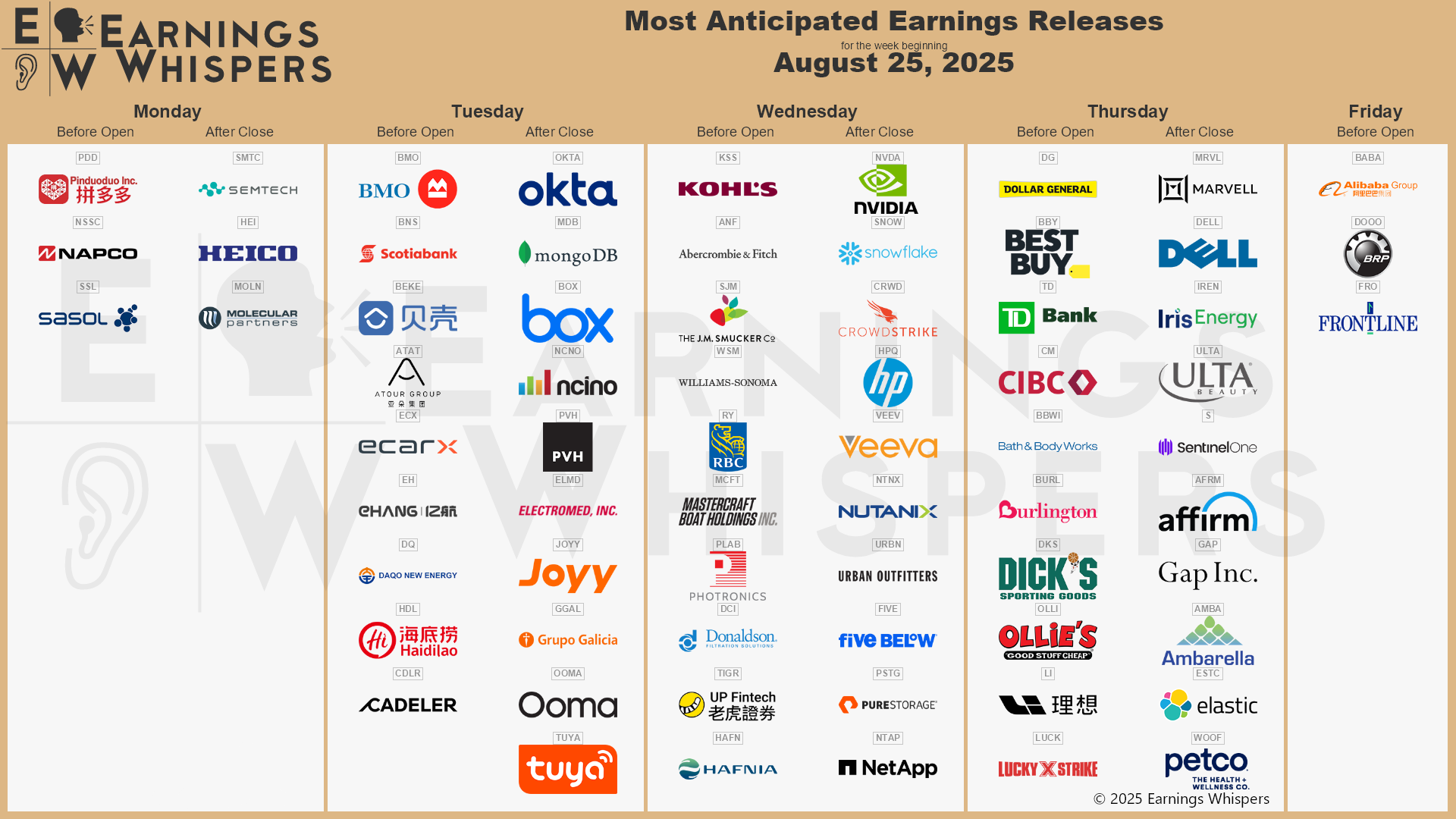Tariffs Are A Hidden Tax We All Pay
Tariffs sound like something out of an economics textbook. They are not abstract. They show up in the price of clothes, groceries, cars, and appliances. You never see tariff on a receipt. You just notice things cost more.
The Budget Lab at Yale estimates the average effective U.S. tariff rate at 18.6 percent. That is the highest since the early 1930s. They estimate a short run price level increase of about 1.8 percent and a household income hit near 2,400 dollars on average. Their commodity work shows some of the biggest pushes in apparel and textiles in the short run, with prices that still stay elevated in the long run.
We are seeing this play out in real time. Sony announced a fifty dollar increase on every PlayStation 5 model in the United States. The new sticker prices are 499.99 for the Digital Edition, 549.99 for the standard model, and 749.99 for the PS5 Pro. Sony pointed to tariffs and a tougher market.
Job cuts are another sign of stress. John Deere confirmed new layoffs at multiple plants as orders slowed. Management tied the pullback to weaker demand from farmers and lower order volumes.
Packaged food is feeling pressure too. PepsiCo told investors that tariffs are lifting supply chain costs and that 2025 will be harder than planned. They trimmed their outlook. The record shows cost pressure and a weaker guide rather than a fresh ten percent U.S. price hike.
Power bills are moving higher as well. The official Consumer Price Index shows electricity up 5.5 percent over the past twelve months through July. Summer bill forecasts point to a small increase from last year. The Energy Information Administration expects an average residential summer bill near 178 dollars versus 173 last summer.
During the 2018 tariff wave, researchers found the full cost of U.S. tariffs flowed into domestic import prices and reduced real income. That is a clean way of saying consumers paid.
You can even see it in a narrow market. When the U.S. put global tariffs on washing machines in 2018, the median price of washers rose about 86 dollars and dryers rose about 92 dollars even though dryers were not directly taxed. The costs rolled to the aisle where people shop.
Local Impact
Here is what this looks like for real families. A dual income couple I work with has two kids. Back to school shopping ran hotter than they planned. Groceries were up. Their summer trip cost more. When we ran the numbers, they were short about 350 dollars a month compared with last year. That was money they had been putting into their kids college savings. We reworked their budget and set smaller automatic 529 contributions that still kept the long term plan on track. Tariffs did not show up as a line item. They were the hidden pressure pushing on daily life.
It shows up for business owners too. A New Jersey manufacturer I serve relies on imported steel. After the newest tariff round, his input costs jumped about 22 percent in one quarter. He had two choices. Raise prices and risk losing contracts or absorb the hit and watch margins vanish. We built a cash flow plan that let him stage price changes and refinance some debt. It was not fun. It kept the business stable.
This matters for planning. Tariffs work like another source of inflation. They raise the baseline cost of living. They eat into savings. They change how businesses invest. The response is not about forecasts. It is about building room in family budgets so saving goals do not fall apart. It is about giving business owners a way to protect margins when costs rise. It is about diverse portfolios since tariffs tilt whole industries in ways that are hard to predict.
What Can You Do?
I use this line often. The chicken is involved. The pig is committed. With tariffs, businesses adjust where they can. Consumers carry most of the cost. That is the commitment none of us asked for. The bill lands at the register.
My job is not to guess the next policy shift. My job is to build plans that hold up when surprises hit. That means flexible cash flow, resilient portfolios, and tax work that reduces pressure where we have control. Tariffs are one more reminder that the world throws curveballs. We cannot stop them. We can plan for them.
If higher costs are squeezing your plan, reach out. We can adjust your budget, your savings, and your portfolio so you stay on track even when prices move against you.
Sources
- Yale Budget Lab. “How U.S. Tariffs Will Hit Key Products.” August 2025.
- Reuters. “Sony raises PlayStation 5 prices in U.S. amid new tariffs.” August 2025.
- The Verge. “Sony announces $50 price hike for PS5 consoles in the U.S.” August 2025.
- Reuters. “John Deere to lay off more workers as demand slows.” August 2025.
- Des Moines Register. “John Deere announces layoffs as farm equipment orders fall.” August 2025.
- Reuters. “PepsiCo trims 2025 forecast, cites tariff-driven cost pressures.” May 2025.
- Financial Times. “PepsiCo warns on slower growth due to higher costs.” May 2025.
- U.S. Bureau of Labor Statistics. Consumer Price Index, July 2025.
- U.S. Energy Information Administration. “Short-Term Energy Outlook.” August 2025.
- National Energy Assistance Directors Association. “Summer Cooling Bills to Hit 12-Year High.” July 2025.
- Amiti, Mary, Stephen J. Redding, and David Weinstein. “The Impact of the 2018 Trade War on U.S. Prices and Welfare.” NBER Working Paper No. 26611, January 2020.
- Flaaen, Aaron, Ali Hortaçsu, and Felix Tintelnot. “The Production, Relocation, and Price Effects of U.S. Trade Policy: The Case of Washing Machines.” NBER Working Paper No. 25767, April 2019.
Stock market calendar this week:
| Time (ET) | Report |
| MONDAY, AUG. 25 | |
| 10:00 AM | New home sales |
| 3:15 PM | Dallas Fed President Lorie Logan speaks |
| 7:15 PM | New York Fed President John Williams speaks |
| TUESDAY, AUG. 26 | |
| 8:30 AM | Durable-goods orders |
| 8:30 AM | Durable-goods orders minus transportation |
| 9:00 AM | S&P Case-Shiller home price index (20 cities) |
| 10:00 AM | Consumer confidence |
| WEDNESDAY, AUG. 27 | |
| None scheduled | |
| THURSDAY, AUG. 28 | |
| 8:30 AM | Initial jobless claims |
| 8:30 AM | GDP (First revision) |
| 10:00 AM | Pending home sales |
| 6:00 PM | Federal Reserve governor Christopher Waller speaks |
| FRIDAY, AUG. 29 | |
| 8:30 AM | Personal income |
| 8:30 AM | Personal spending |
| 8:30 AM | PCE index |
| 8:30 AM | PCE (year-over-year) |
| 8:30 AM | Core PCE index |
| 8:30 AM | Core PCE (year-over-year) |
| 8:30 AM | Advanced U.S. trade balance in goods |
| 8:30 AM | Advanced retail inventories |
| 8:30 AM | Advanced wholesale inventories |
| 9:45 AM | Chicago Business Barometer (PMI) |
| 10:00 AM | Consumer sentiment (final) |
Most anticipated earnings for this week

Did you miss our last blog?
The Overlooked Social Security Rules That Can Make or Break Retirement
About Amit: I am a first generation American, the son of a working-class Indian family, and I lived through my parents’ struggle to find their place in this country, to put down roots that would sustain them as well as their children in a new land. As they encouraged me to excel in school and fostered my hobbies and interests, I was keenly aware of the dynamic between them. I understood that there was a difference between where they came from individually and where we were now. They worked hard in their individual capacities, but they weren’t always on the same page about financial issues – and that can make or break a family’s future. I didn’t know it at the time, but this laid the groundwork for my passion towards financial services and helping families succeed.

